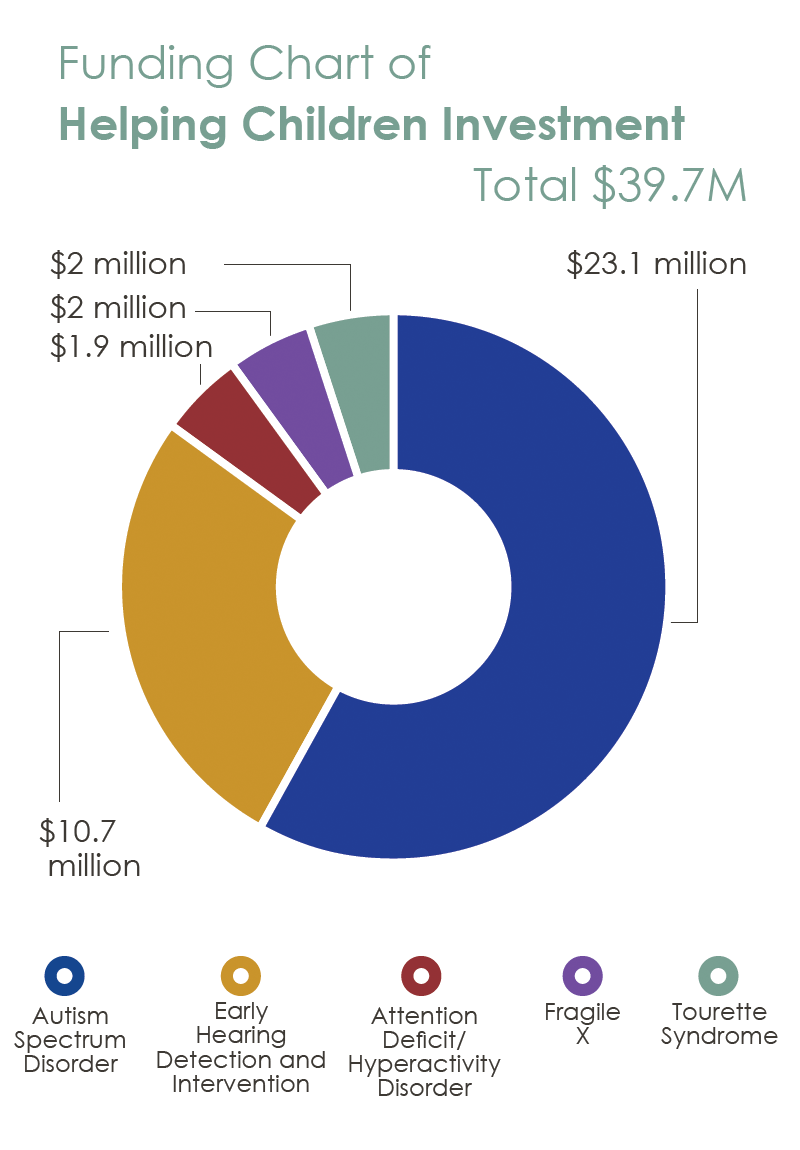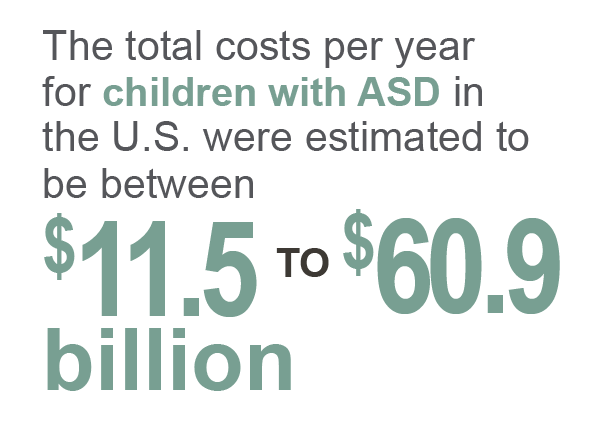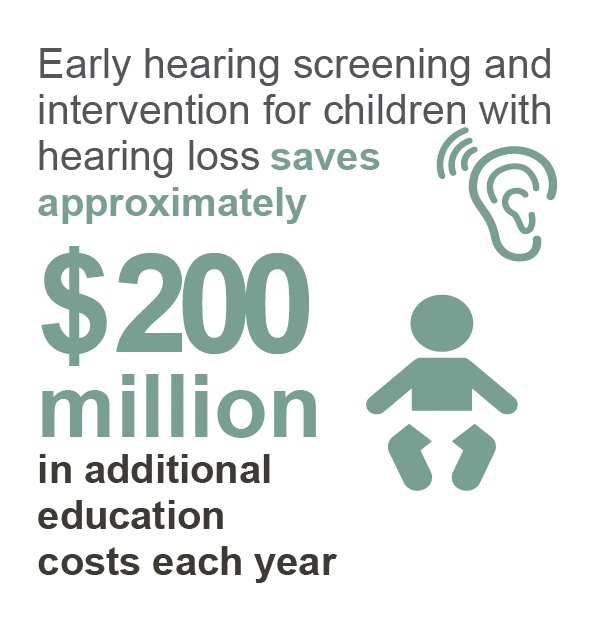Helping Children


Download and print this page [PDF – 665 KB]
1 in 6 children in the U.S.
have one or more developmental disabilities or delays.
Developmental disabilities are some of the most significant child health issues facing American families. CDC’s National Center on Birth Defects and Developmental Disabilities (NCBDDD) works to provide a better understanding of these conditions so children and their families get the support they need and stay safe during emergencies.

How NCBDDD makes a difference
Autism Spectrum Disorder (ASD)
With our research and tracking, healthcare organizations, schools, public health agencies, and policymakers make decisions to help the 1 in 59 children living with autism.
Early Hearing Detection and Intervention (EHDI)
As a result of NCBDDD funding, babies in 49 states and territories receive recommended early intervention services to identify infants who are deaf or hard of hearing and ensure they receive critical services.
Attention Deficit/Hyperactivity Disorder (ADHD)
NCBDDD leads programs to help families and healthcare providers have a better understanding of ADHD and knowledge of recommended treatments for helping the 1 in 11 children with ADHD.
Fragile X Syndrome (FXS)
Fragile X syndrome is the most common cause of inherited intellectual disability. NCBDDD’s work improves the lives of Americans living with fragile X syndrome by helping to understand challenges across the lifespan and how care and treatments affect outcomes.
Tourette Syndrome (TS)
NCBDDD improves the health of Americans living with Tourette syndrome by understanding how many people are affected and how to get them diagnosed and treated earlier.
2017 Successes
-
Supporting Rural Families
Families in rural areas raising children who have mental, behavioral, and developmental disorders (such as ADHD) faced more challenges than families living in urban settings. Our work reinforced that to overcome these challenges, children and their parents living in rural communities may need additional support. -
Improving Vocabulary Outcomes by Meeting the EHDI 1-3-6 Guidelines
Children who were screened by 1 month of age, diagnosed with hearing loss by 3 months, and received intervention by 6 months had larger vocabularies than those who did not meet the guidelines, one CDC-authored study found. -
Improving Access to Comprehensive Behavioral Intervention for Tics (CBIT)
CDC and the Tourette Association of America more than doubled the number of providers who were trained to offer CBIT, an evidencebased behavioral therapy for Tourette syndrome and chronic tic disorders. -
Tracking A Child’s Development
The “Learn the Signs. Act Early.” program launched the Milestone Tracker App to help families track their child’s development in a fun and easy way. This app offers interactive milestone checklists for children aged 2 months through 5 years, illustrated photos and videos, and a milestone summary to help families share accomplishments and concerns with their healthcare provider. -
Understanding the Relationship Between Birth Spacing and Autism
The Study to Explore Early Development found that shorter and longer time periods between births are linked to having a child with autism spectrum disorder (ASD). The relationship is stronger in children with severe ASD symptoms. The findings will inform future research into potential causes of autism that might be related to birth spacing.


Priorities for the future
- Advance the long-term health and economic opportunities for children by protecting and promoting early brain health and development.
- Continue to expand our understanding of how many children have ASD, how early they are diagnosed, and what issues are encountered as children with ASD begin the transition to adolescence and adulthood.
- Show potential factors that increase the risk for autism through findings from the Study to Explore Early Development.
- Promote kindergarten readiness through improved language development for deaf or hard of hearing children.
- Help families and children with mental, behavioral, and development disorders connect to services in their communities.
- Page last reviewed: April 6, 2018
- Page last updated: April 6, 2018
- Content source:


 ShareCompartir
ShareCompartir